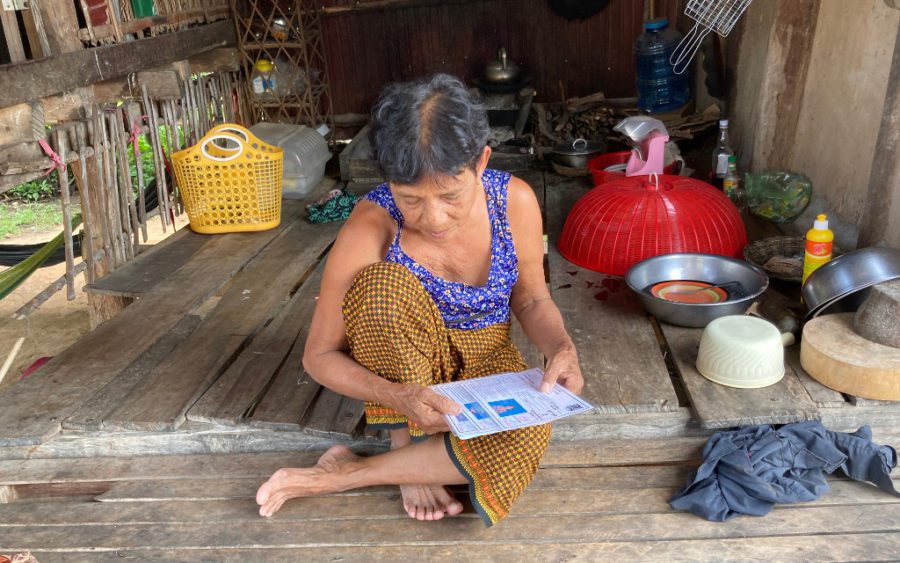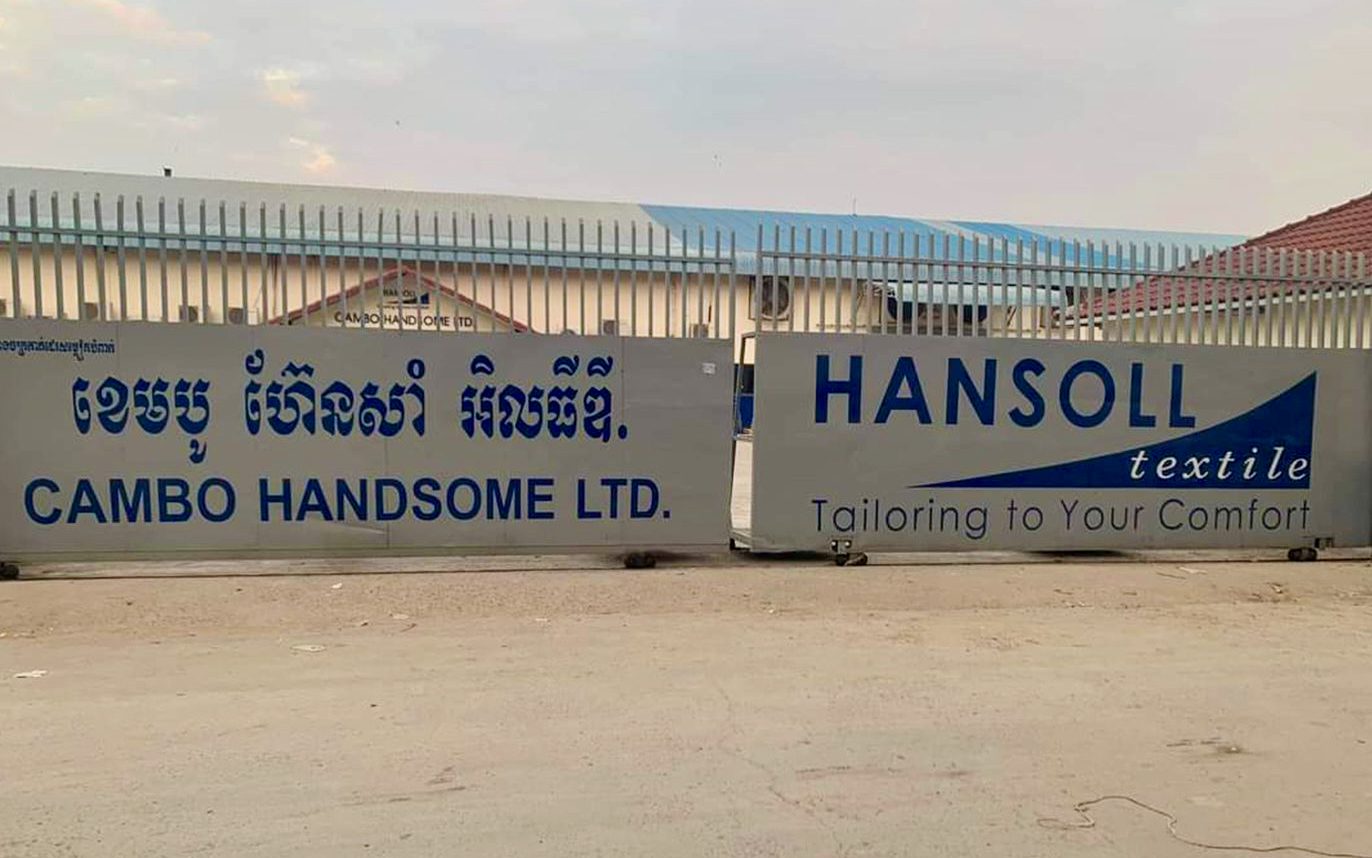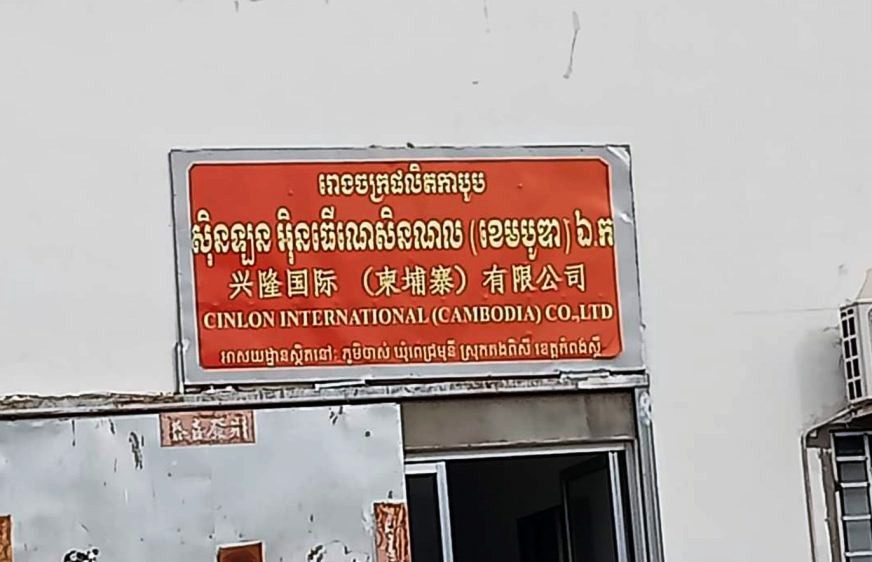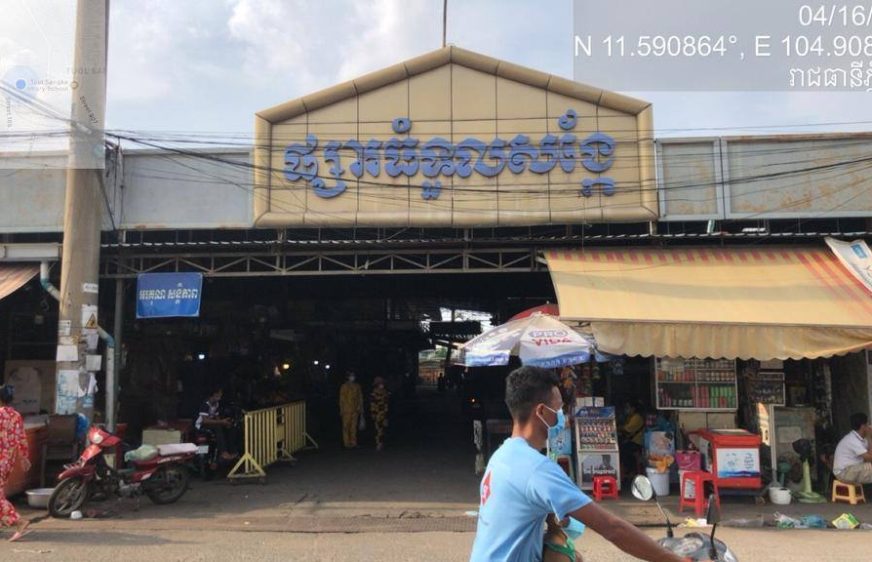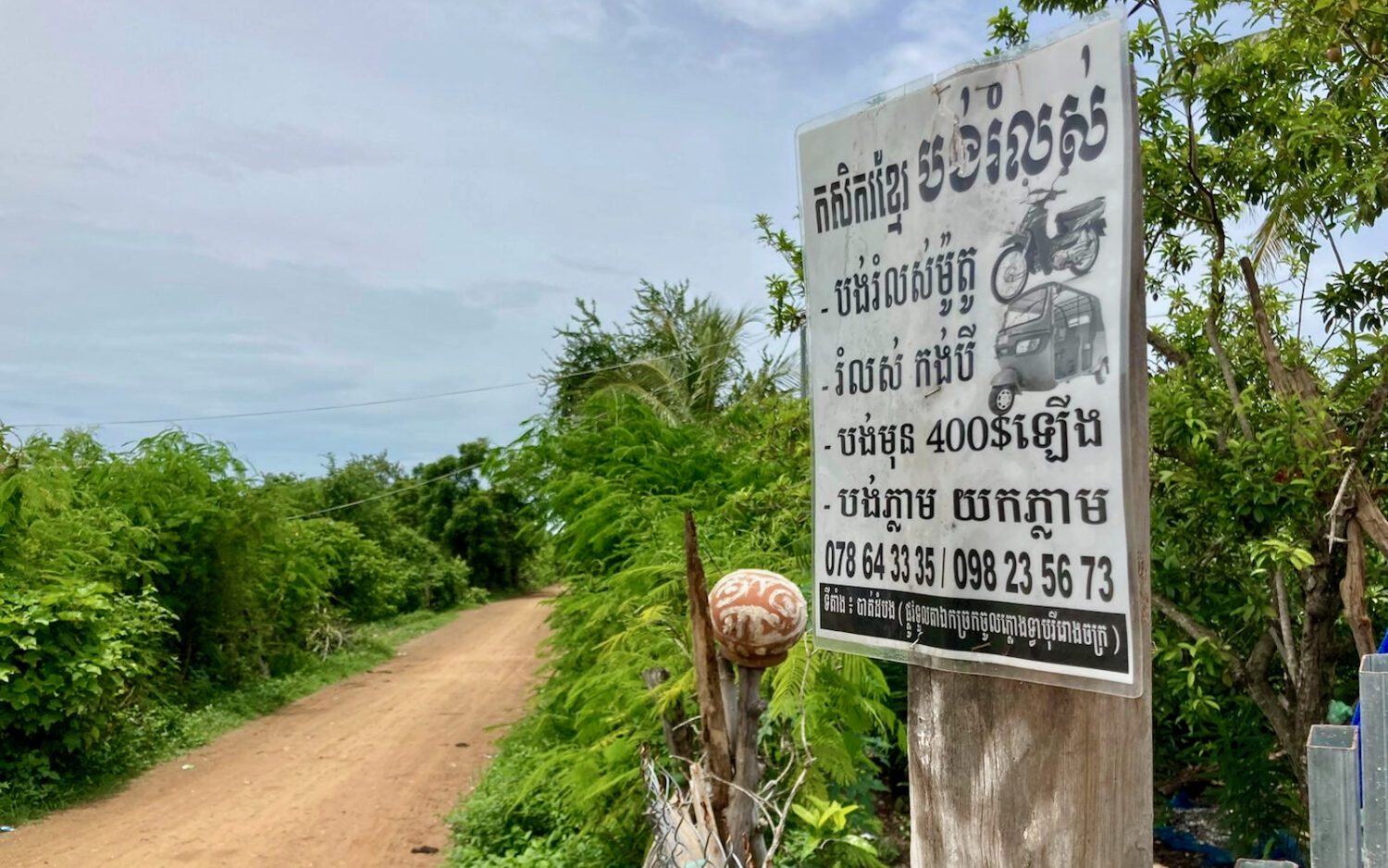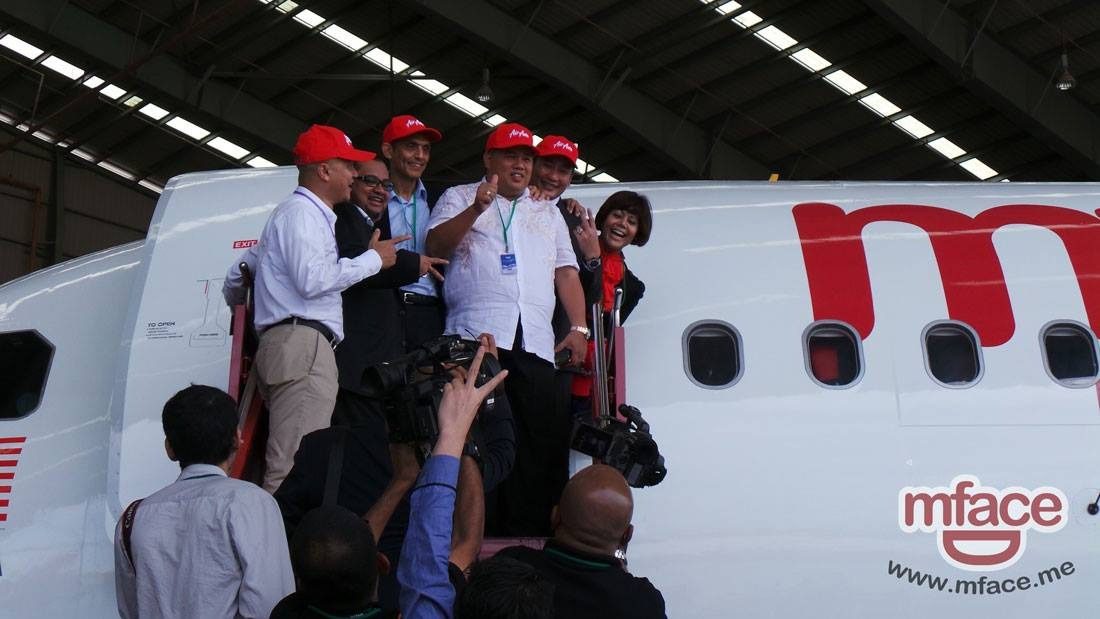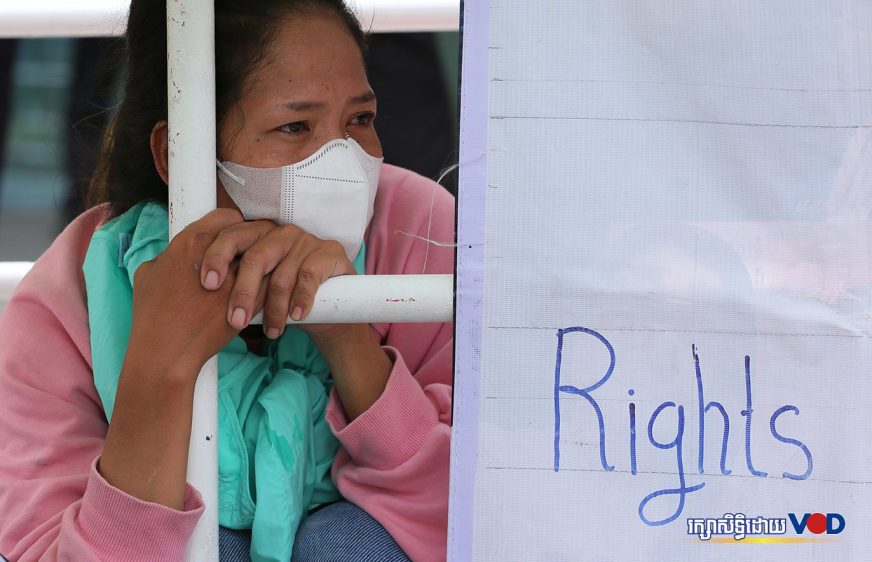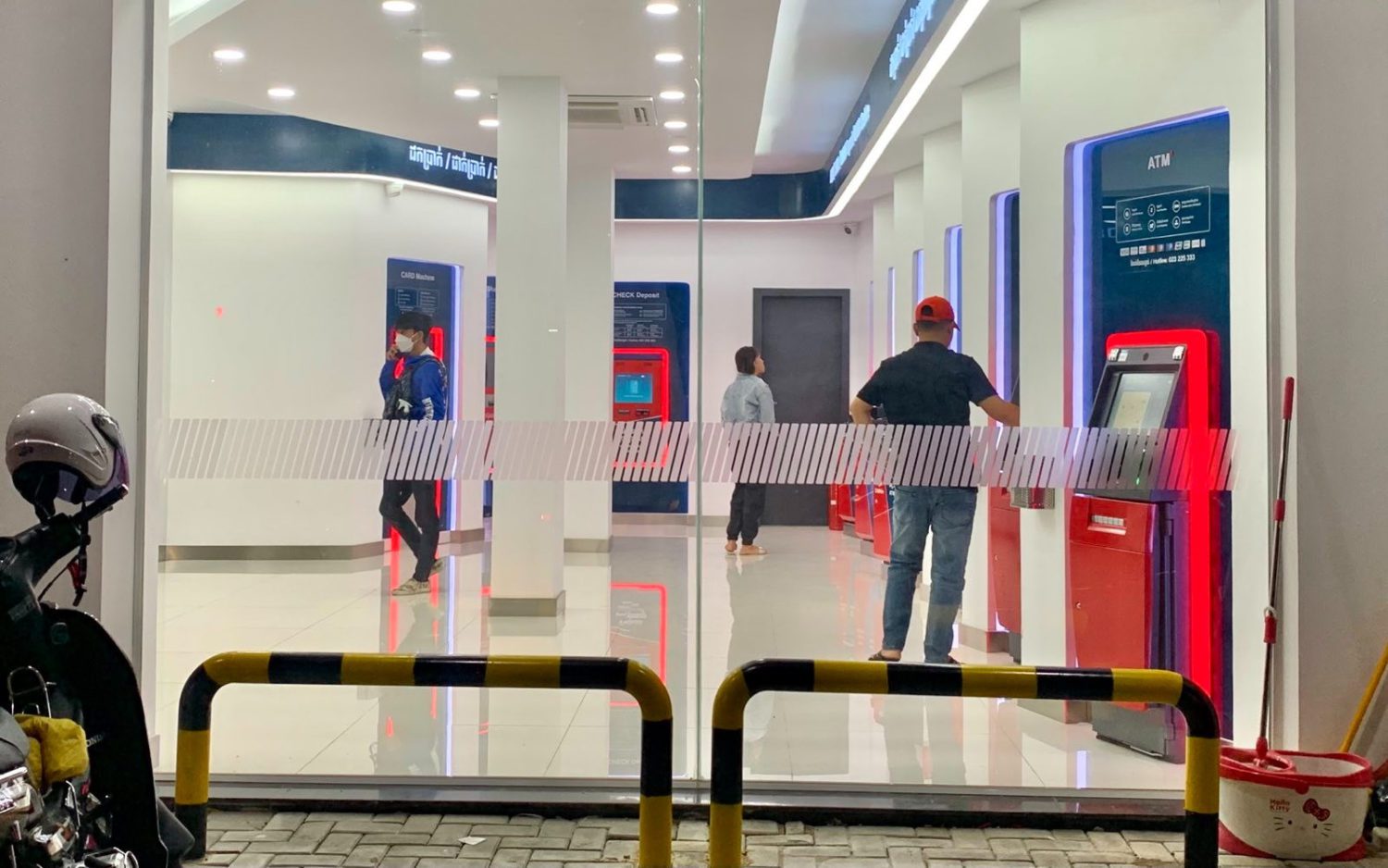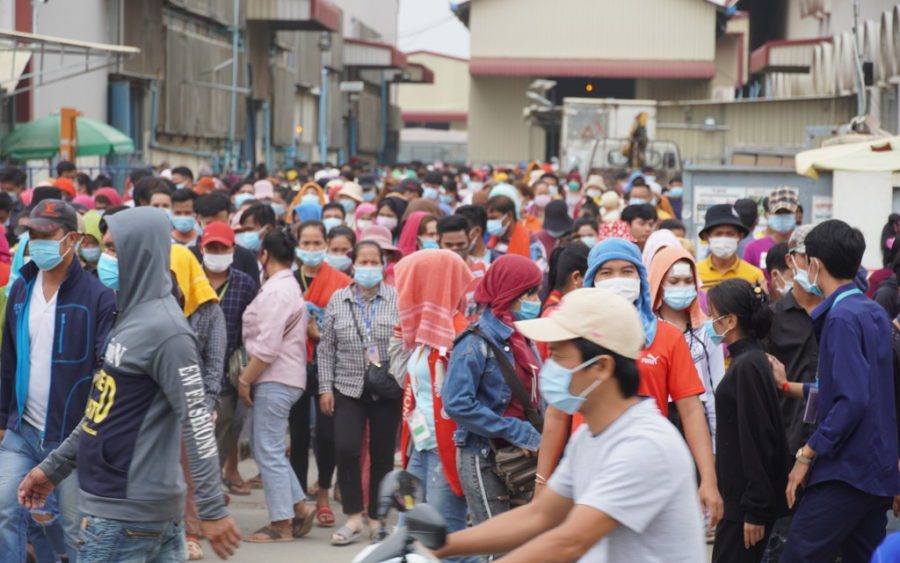PREY PHNHEAS, Battambang — Prey Phnheas village is a 60-minute drive south of Battambang’s provincial capital. Road 151, which leads to the village, is lined with rice fields getting their first taste of the monsoons in mid-August. But the closer you get to Prey Phnheas, the rice shoots are not as green.
In the midst of a fertile province, the village, devastated by recent years of drought, has a higher concentration of IDPoor recipients than anywhere else in the country. Some 1,171 of Prey Phnheas’ 1,192 residents are enrolled in the government program identifying the country’s poorest households, according to a Planning Ministry registry.
Van Sareth, Prey Phnheas’s village chief, said the hardships had only intensified since the Covid-19 pandemic. “Many people have run away,” Sareth said. “They cannot pay their loans.”
Though its poverty outpaces the rest of the country, Prey Phnheas is a confluence of the same issues seen all around Cambodia: heavy indebtedness, drought, food insecurity and lack of infrastructure and job opportunities.
Villagers told VOD in August that at least three years of failed crops had made budgeting a matter of choosing between buying food and meeting loan repayments.
Since the Covid-19 pandemic hit, the government has used the IDPoor registry for direct cash handouts to alleviate widespread economic distress. The program is the first of its kind. IDPoor recipients were previously eligible only to access state services, such as free health care and discounted public utilities.
The columns of Sareth’s wooden house are plastered with small advertising stickers and posters from various microlenders, many with phone numbers for specific credit officers. Stuffed in between one of the wooden beams and the ceiling are three brown envelopes with loan documents.
All around the village, paying back hefty loans — taken out to fund failed attempts at agriculture — had become a foremost concern, Sareth said.
“Ninety percent are using this [IDPoor] money to pay for their loans or to buy rice,” Sareth said. “Most people have loans from microfinance institutions: almost everyone, including me.”
Not far from Sareth’s house, Chorb Kuom has received two payments of $35 in June and July from the IDPoor cash transfers. The 47-year-old mother of one has not had a single successful harvest on the 3.5 hectares she owns along with her mother for three straight years.
The meager payments have gone into food and debt. Kuom, who took out a $730 loan from Prasac, owes monthly installments of $29. Her mother takes $13 from the IDPoor money, and Kuom spends about $11 each toward her loan and living expenses. The remainder comes from income generated by a small grocery shop at her house.
Representatives from major microlenders frequently rode the streets of the village on motorbikes offering loans, she said. “They encourage us that if we don’t have money, we can borrow the money with cheap interest.”
Chhoun Choub is facing a similar situation. The 44-year-old farmer has had three years of failed rice crops on his 5-hectare plot of farmland. In order to sustain his family, he took a $1,000 loan from a private lender.
“I am scared of doing farming because there is no rain. I keep losing money,” Choub said.
With a failing farm, Chhoun Choub has taken to working as part of the wait staff at community religious ceremonies, while his wife, Chhoun Mey, washes dishes at the same events. But Covid-19 has severely affected their income.
“Before Covid-19, there would be 10 events a month, but now there are maybe one or two,” he said, explaining that the couple earned about $15 from each event. “We are broke.”
The family uses its $42 IDPoor monthly payments — the amount varies based on family size and other factors — for loan repayments and food and living expenses for their four children, he said.
“We do not want to fail on loan payments because if we fail the interest increases,” he said.
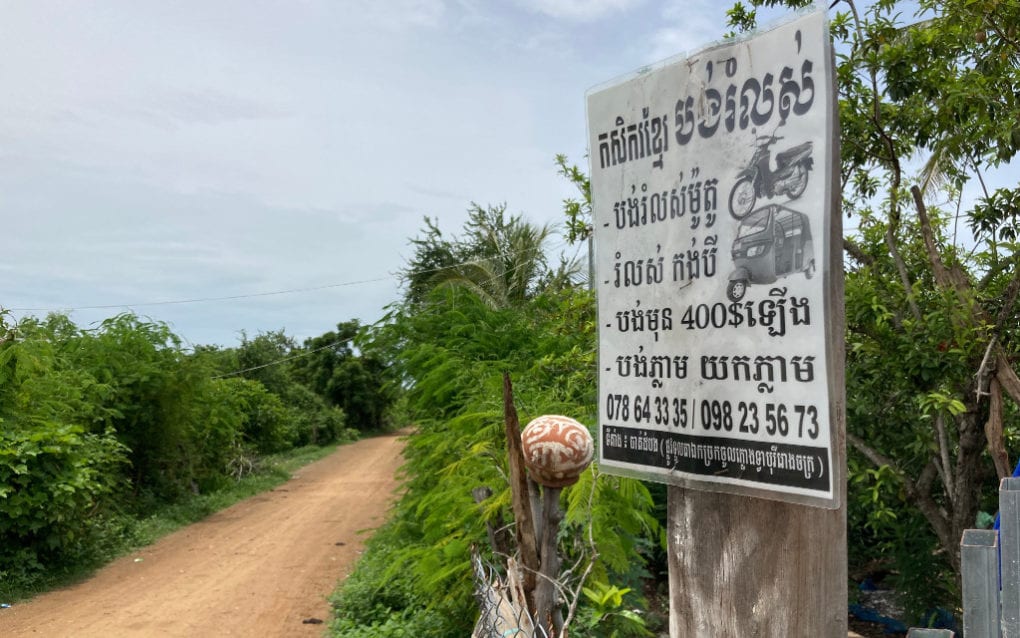
The village chief, Sareth, explained that a Chinese-built irrigation canal ran east to west, supplying water to villages along it, but there was no north-south canal to channel this water to Prey Phnheas.
Planning Ministry statistics show that IDPoor payments are reaching more than 600,000 families — around 2.6 million people, or a sixth of the country’s population.
The government has set aside $125 million for these payments, which costs between $25 to $28 million a month, but it is unclear if the transfers will continue given the ongoing economic downturn.
Nup Kannavuth, a spokesperson for the Planning Ministry, said the IDPoor payments were meant to make sure families were not going hungry. He said there was some concern over the use of these cash transfers for other expenses, such as loan repayments.
“For this point we also have some concerns. … Our policy is to help them and what they use the money for is their business. Our goal is to make sure that they do not face starvation,” said Kannavuth.
He did not comment on whether there were any guidelines or restrictions on providing credit to vulnerable communities, such as IDPoor recipients, only that financial institutions should accurately assess if borrowers could pay back their loans.
“It is unethical for microfinance institutions or banks to offer loans to people who cannot pay back,” he said.
IDPoor assessments for rural families, which are conducted by the village chief in collaboration with other villagers, identifies poor households based on the lack of earning members in the household, material assets held by the family and their housing conditions.
Kaing Tongngy, a spokesperson for the Cambodia Microfinance Association, said it would be “unethical” to discriminate against people who were IDPoor and limiting their access to credit.
“MFIs have to treat people or clients equally,” Tongngy said, adding that there were no guidelines on lending to poorer communities.
A “vast majority” of MFI loans were under $2,500 and non-collateralized, and the industry had restructured loans for 250,000 clients, worth $1.25 billion, who were struggling amid Covid-19’s economic blows, he said.
Back at Prey Phnheas, Yom Malay has been weighing her options for the cash she receives from IDPoor.
The mother of three has a group loan with AMK microfinance of around $250 and another $500 loan for her daughter from WB Finance. The second loan was to pay for her daughter’s health issues.
Malay said she wanted to buy paddy and stock up for the next two months. But she had to consider loan repayments, a combined $12.50 a month.
“There is a sense of fear,” Malay said. “You have to find a way to pay.”
Malay said she used some of the IDPoor money to fund her cake and sweets business, which has taken a big hit after the closure of the nearby primary school as a public health precaution. She can earn up to $1.25 a day with her cakes, though some days she loses $4.
Village chief Sareth said the IDPoor payments were helpful, but the government should urgently address the village’s concerns, such as the agriculture woes, or else people will have to continue taking loans “to survive.”
“If you go to every house, you will see that they only have rice, bought with government aid, and loans to pay,” he said.


